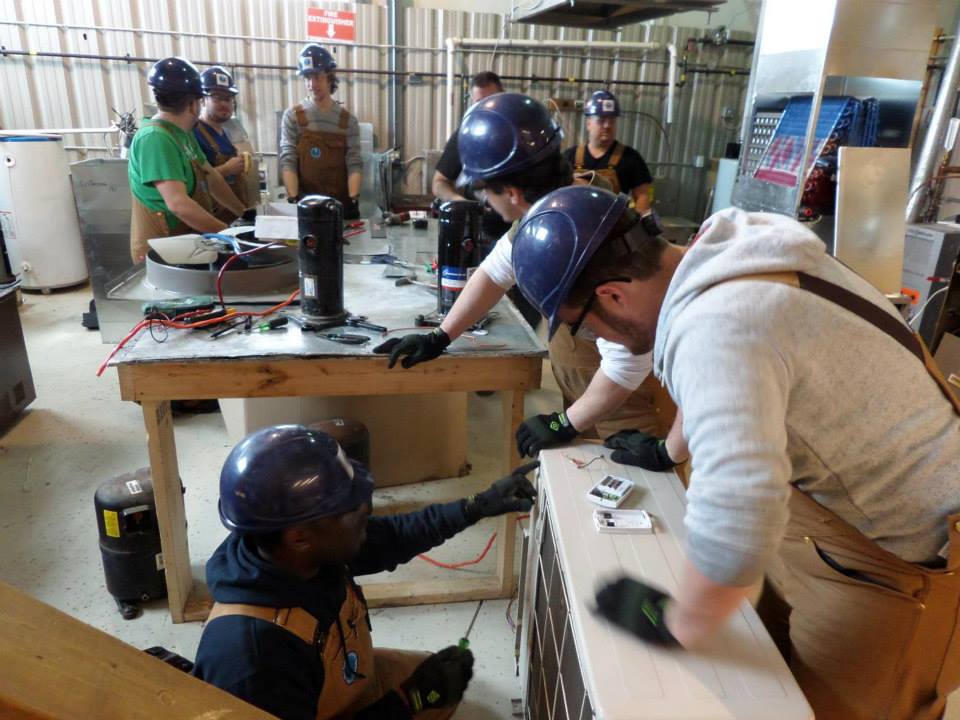Top-Rated Plumber Alabaster AL Ready to Serve You Anytime
A Detailed Overview to Efficient Hot Water Heater Installment for Ideal Efficiency
Getting started on the job of mounting a water heating unit is an endeavor that requires accuracy and an organized strategy for accomplishing optimal performance. As you continue, the complexities of attaching water supply lines and establishing up reliable electric or gas connections await, appealing insights right into guaranteeing effectiveness and dependability.
Picking the Right Hot Water Heater

Next, take into consideration the dimension and capacity of the hot water heater. It's essential to assess your household's warm water demands, which can vary based on the variety of owners and their usage patterns. A device that's also little may lead to inadequate hot water, while an extra-large version may cause unneeded power usage.
Effectiveness scores also play a crucial duty in selection. Search for hot water heater with high Power Variable (EF) scores, showing exceptional performance and lowered energy usage. Tankless models, though usually extra expensive ahead of time, offer substantial power cost savings in time because of their on-demand heating capacities.
Preparing the Installation Location
Prior to setting up a brand-new water heater, meticulous prep work of the setup area is crucial. It's critical to determine the room very carefully to suit the water heater's dimensions, guaranteeing adequate clearance around the unit for reliable procedure and maintenance.
Following, eliminate any kind of debris, dust, or obstructions from the site to develop a tidy setting. Examine the flooring for security, as the hot water heater will certainly require a strong, level surface area to operate successfully. If required, set up a drip frying pan under the device to catch possible leakages or spills, preventing water damage to the surrounding area. In regions prone to seismic activity, think about mounting seismic bands to secure the heater securely in position.
In addition, make certain that all required tools and materials get on hand prior to starting the setup. This includes items such as wrenches, screwdrivers, a degree, and any kind of added hardware needed for installing and protecting the heating unit. A well-prepared setup area establishes the structure for a successful hot water heater setup, maximizing performance and safety.
Connecting Water Supply Lines
When attaching water system lines to your recently installed hot water heater, it is crucial to ensure that all links are leak-free and safe to maintain reliable procedure and avoid water damage. Begin by recognizing the hot and cool water system lines. The cold water inlet is typically noted with a blue label or a "C", while the warm water electrical outlet is marked with a red tag or an "H".
Usage versatile hot water heater adapters to promote a much easier installation procedure. These adapters can take in vibration and permit for small movement, lowering the threat of leaks. Prior to connecting the connectors, position a additional reading plumber's tape around the threaded ends of the water heating unit's inlet and outlet pipelines - Plumbing Alabaster AL. This tape acts as a sealer, avoiding leakages. Meticulously connect the adaptable hoses to the corresponding inlet and outlet, making sure that they are tight but not over-tightened, which might harm the threads.
Once connections are in location, gradually switch on the major water supply valve. Examine each connection for leakages by aesthetically really feeling and examining for moisture. Tighten connections as necessary, and ensure the pressure relief valve is correctly installed, safeguarding against excessive stress accumulation.
Establishing Up Electric or Gas Links
Effectively setting up the electrical or gas links for your water heater is a crucial action to guarantee safe and reliable operation. For electric water heating systems, begin by validating that the electrical circuit is compatible with the heating system's voltage and amperage demands.
For gas water heating systems, safety is vital. Attach the gas line to the water heater utilizing a flexible gas port, guaranteeing it is properly threaded and sealed with pipeline joint substance or Teflon tape appropriate for gas links.
As soon as connections are made, examine for any kind of possible leaks. For gas lines, apply a soapy water solution to the joints; bubbles indicate a leakage. For electrical connections, confirm that all electrical wiring is secure and correctly protected, keeping conformity with local electrical codes.
Adjusting and evaluating for Effectiveness
With the electric and gas links firmly in location, click here to find out more the following action is evaluating the operational performance of your water heating unit. Begin by very carefully transforming on the water supply and ensuring there are no leakages at any of the joints or shutoffs.
Following, perform a complete assessment to guarantee the burner or burner are operating appropriately. For electric heaters, utilize a multimeter to validate if the aspects are attracting the ideal present. In gas models, observe the heater flame; it Plumbing Services Alabaster AL should be blue and constant, indicating reliable combustion.
Readjust the settings as necessary to remove inefficiencies. Take into consideration carrying out insulation measures, such as including a hot water heater covering, to even more enhance performance by minimizing warm loss. Additionally, inspect the anode pole's condition, as a deteriorated pole can reduce effectiveness and lead to storage tank corrosion.
Final Thought
Reliable water heater installation is essential for making sure optimum efficiency and energy financial savings. Firmly connecting water supply lines and carefully setting up electrical or gas connections reduce potential issues.

Correctly establishing up the electric or gas connections for your water heating unit is a critical step to ensure risk-free and effective procedure. For electrical water heaters, begin by confirming that the electrical circuit is compatible with the heating unit's voltage and amperage needs. Attach the gas line to the water heater using a flexible gas connector, ensuring it is appropriately threaded and secured with pipeline joint substance or Teflon tape suitable for gas links.